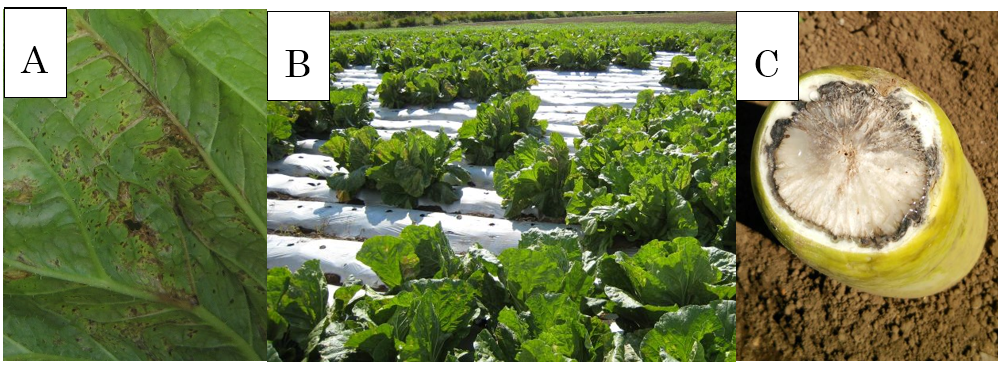2020年に主要な温室効果ガスが記録的な高水準に達した理由の一端が、Covid-19のロックダウン期間中に輸送機関からの排出量が急激に減少したことにあることが、研究により示唆された。 Sharp falls in transport emissions during Covid-19 lockdowns partly explain why a key greenhouse gas hit record high levels in 2020, research suggests.
2022-11-24 エディンバラ大学
エジンバラの科学者が率いるチームは、地球規模の大気化学モデルを用いて、COVID-19のロックダウンの排出量の変化がメタン濃度にどのような影響を与えるかを研究した。
2019年から2020年にかけてメタンの増加率が50%跳ね上がった(9.7ppbから過去最高の15ppbに上昇した。)うちの半分以上は、ロックダウン中の道路輸送、鉄道、飛行機からの排出が減少した結果であることが、この研究で明らかになった。
輸送機関の排出が減少したことで、大気中からメタンを除去する洗剤のような働きをする別のガス(ヒドロキシルラジカルと呼ばれる)のレベルが低下したと、研究者は述べている。
研究チームの調査結果によると、2020年のメタン増加率合計5.3ppbのうち、運輸部門の排出量削減が2.9ppbの増加につながったという。
窒素酸化物の削減は同年4.8ppbの増加をもたらし、一酸化炭素やその他の化学物質の削減は逆にメタンの増加を1.9ppb減少させる効果があった。
2020年のメタン増加の約30%は、世界的に5分の1以上減少した航空からの窒素酸化物排出量の減少によるものです。
研究チームは、ロックダウン時に大気の組成がどのように変化したかをさらに研究することで、過去のメタンの変化をよりよく理解し、将来の予測を改善することができるだろうと述べている。
<関連情報>
- https://www.ed.ac.uk/news/2022/travel-emissions-drop-aided-lockdown-methane-surge
- https://acp.copernicus.org/articles/22/14243/2022/
COVID-19のロックダウン排出削減は、地球上の大気中メタンの同時増加の半分以上を説明できる可能性がある。 COVID-19 lockdown emission reductions have the potential to explain over half of the coincident increase in global atmospheric methane
David S. Stevenson, Richard G. Derwent, Oliver Wild, and William J. Collins
Atmospheric Chemistry and Physics Published: 08 Nov 2022
DOI:https://doi.org/10.5194/acp-22-14243-2022

Abstract
Compared with 2019, measurements of the global growth rate of background (marine air) atmospheric methane rose by 5.3 ppb yr−1 in 2020, reaching 15.0 ppb yr−1. Global atmospheric chemistry models have previously shown that reductions in nitrogen oxide (NOx) emissions reduce levels of the hydroxyl radical (OH) and lengthen the methane lifetime. Acting in the opposite sense, reductions in carbon monoxide (CO) and non-methane volatile organic compound (NMVOC) emissions increase OH and shorten methane’s lifetime. Using estimates of NOx, CO, and NMVOC emission reductions associated with COVID-19 lockdowns around the world in 2020 as well as model-derived regional and aviation sensitivities of methane to these emissions, we find that NOx emission reductions led to a 4.8 (3.8 to 5.8) ppb yr−1 increase in the global methane growth rate. Reductions in CO and NMVOC emissions partly counteracted this, changing (reducing) the methane growth rate by −1.4 (−1.1 to −1.7) ppb yr−1 (CO) and −0.5 (−0.1 to −0.9) ppb yr−1 (NMVOC), yielding a net increase of 2.9 (1.7 to 4.0) ppb yr−1. Uncertainties refer to ±1 standard deviation model ranges in sensitivities. Whilst changes in anthropogenic emissions related to COVID-19 lockdowns are probably not the only important factor that influenced methane during 2020, these results indicate that they have had a large impact and that the net effect of NOx, CO, and NMVOC emission changes can explain over half of the observed 2020 methane changes. Large uncertainties remain in both emission changes during the lockdowns and methane’s response to them; nevertheless, this analysis suggests that further research into how the atmospheric composition changed over the lockdown periods will help us to interpret past methane changes and to constrain future methane projections.



